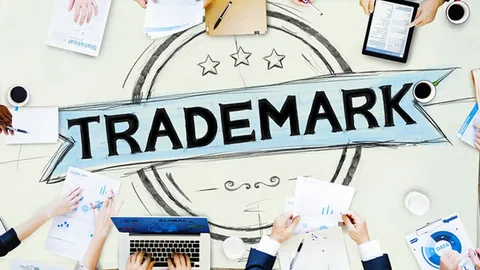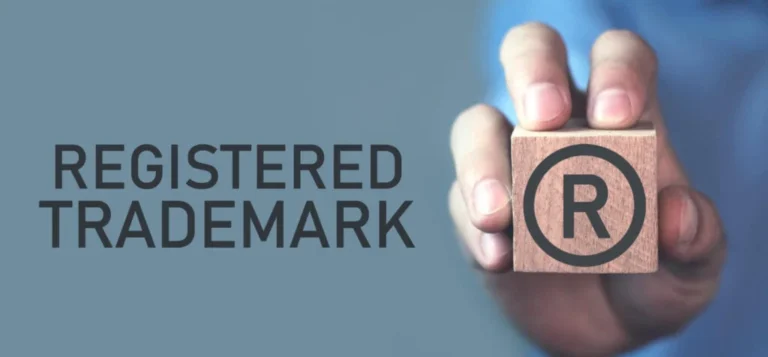Introduction
The rise of digital and e-commerce businesses has drastically reshaped how brands are created, marketed, and protected. As a result, trademark law in the USA is evolving to meet the challenges and nuances of the online marketplace.
From social media brand presence to Amazon storefronts, the USPTO trademark system is adapting to ensure that trademarks remain a vital asset for digital entrepreneurs. In this blog, we’ll explore how trademark law is changing for e-commerce brands and what steps online businesses must take to protect their identity in 2025 and beyond.
Why Digital and E-commerce Brands Need Trademark Protection
Online brands are more vulnerable than ever to:
- Copycats and knock-offs
- Domain name hijacking
- Amazon seller impersonation
- Social media misuse
Without proper trademark protection, your digital identity can be stolen or misused—damaging your brand and customer trust.
Key Ways Trademark Law Is Adapting in 2025
1. Recognition of Online Use as Bona Fide Use in Commerce
Previously, physical storefronts and packaging were central to trademark registration. Now, websites, online ads, and product pages are acceptable specimens of use, as long as:
- They show the mark on the goods/services
- There’s a way for customers to purchase or engage
2. Amazon Brand Registry and Trademarks
To join Amazon Brand Registry, sellers must have a registered trademark. This has led to:
- A surge in e-commerce trademark filings
- Fast-tracking of registration services for Amazon sellers
- More scrutiny by the USPTO to avoid fraudulent claims
Pro Tip: File early. The USPTO trademark process can take 8–12 months without expert help.
3. Social Media and Domain Name Infringement
Trademark law now takes into account social media usernames, handles, hashtags, and domain names as extensions of your brand.
If another party uses your name on Instagram or TikTok, and you hold a federal trademark, you have legal grounds to request removal or pursue legal action.
4. Stronger Focus on Global Protection for Online Brands
E-commerce is borderless. U.S. businesses now seek protection in markets like the UK, Canada, EU, and China using systems like:
- The Madrid Protocol for international trademark registration
- WIPO complaints for domain name disputes (UDRP)
Trademark law is expanding tools and cooperation between countries to help online brands grow securely across borders.
5. Combatting Fake Specimens and Fraudulent Applications
Because digital brands often launch quickly, some applicants submit mockups or fake product listings as proof of use.
The USPTO is now using AI tools to catch fraudulent specimens and ensure e-commerce marks are in real commercial use.
What E-commerce and Digital Brands Should Do in 2025
To ensure you’re protected in today’s digital-first environment:
Conduct a trademark clearance search before choosing your name
File for federal trademark registration in the USA as early as possible
Use your mark on product listings, websites, and digital ads
Monitor marketplaces and social media for infringers
Consider international protection if selling abroad
Final Thoughts
Trademark law is no longer reserved for big corporations with storefronts. In 2025, e-commerce and digital entrepreneurs are leading the charge—and trademark law is adapting fast to protect them.
If you run a Shopify store, Amazon storefront, or digital brand, your online presence is your brand’s backbone. Filing a trademark isn’t just legal protection—it’s a smart business investment in your future growth and credibility. At IP Bureau, we specialize in helping e-commerce startups and digital-first businesses register trademarks, monitor infringement, and protect their online identity across platforms.




